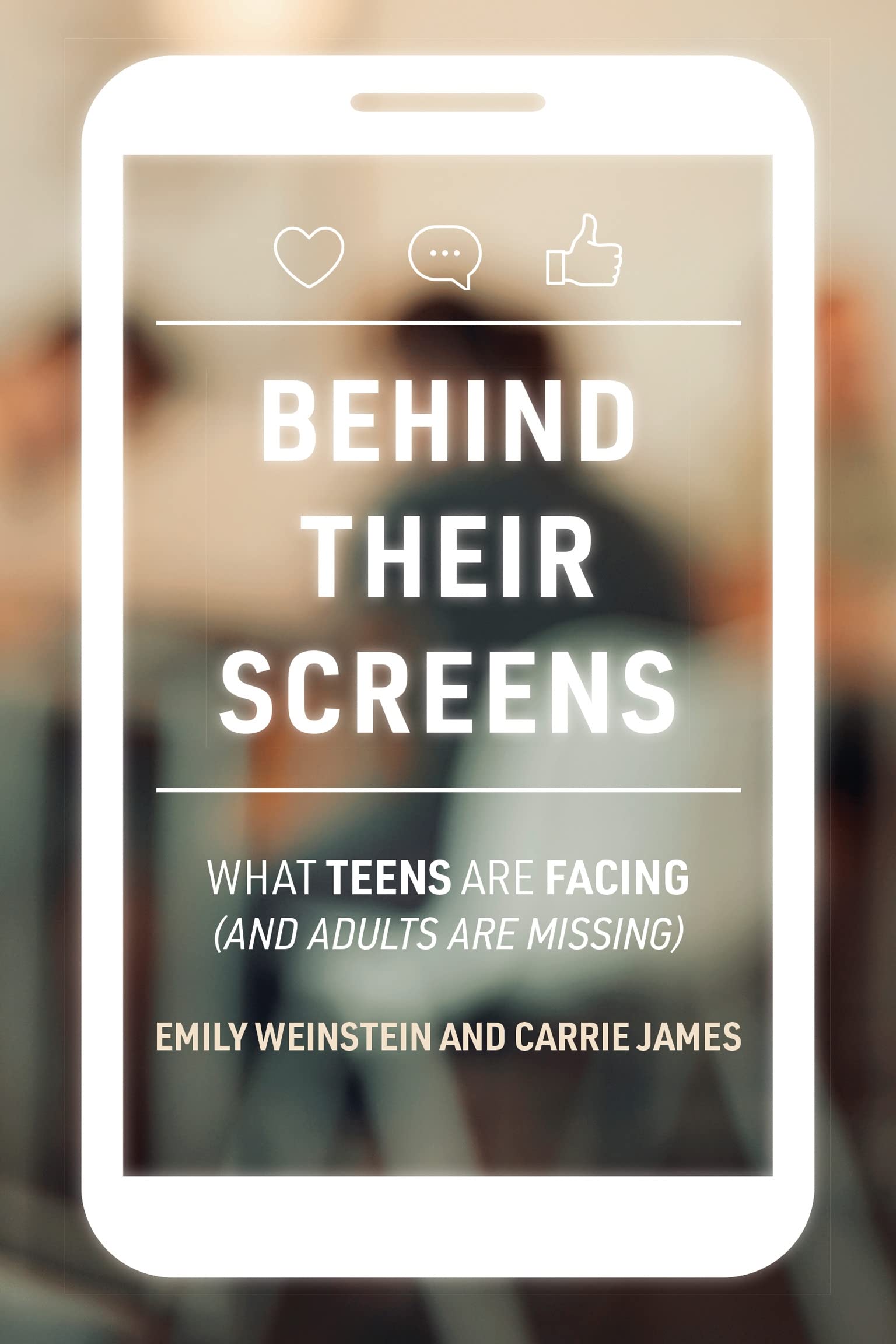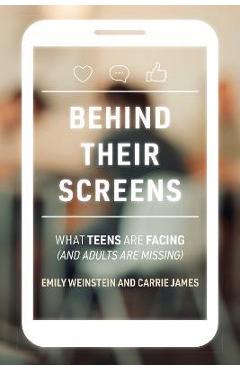Behind Their Screens | Emily Weinstein, Carrie James

Detalii Behind Their Screens | Emily
Behind Their Screens | Emily - Disponibil la carturesti.ro
Pe YEO găsești Behind Their Screens | Emily de la MIT Press Ltd, în categoria Carte straina.
Indiferent de nevoile tale, Behind Their Screens | Emily Weinstein, Carrie James din categoria Carte straina îți poate aduce un echilibru perfect între calitate și preț, cu avantaje practice și moderne.
Caracteristici și Avantaje ale produsului Behind Their Screens | Emily
- Departament: gaming-carti-birotica
- Ideal pentru pasionații de jocuri, birotică și distracție online.
Preț: 151 Lei
Caracteristicile produsului Behind Their Screens | Emily
- Brand: MIT Press Ltd
- Categoria: Carte straina
- Magazin: carturesti.ro
- Ultima actualizare: 11-11-2024 01:46:56
Comandă Behind Their Screens | Emily Online, Simplu și Rapid
Prin intermediul platformei YEO, poți comanda Behind Their Screens | Emily de la carturesti.ro rapid și în siguranță. Bucură-te de o experiență de cumpărături online optimizată și descoperă cele mai bune oferte actualizate constant.
Descriere magazin:
How teens navigate a networked world and how adults can support them.What are teens actually doing on their smartphones? Contrary to many adults’ assumptions, they are not simply “addicted” to their screens, oblivious to the afterlife of what they post, or missing out on personal connection. They are just trying to navigate a networked world. In Behind Their Screens, Emily Weinstein and Carrie James, Harvard researchers who are experts on teens and technology, explore the complexities that teens face in their digital lives, and suggest that many adult efforts to help—“Get off your phone!” “Just don’t sext!”—fall short. Weinstein and James warn against a single-minded focus by adults on “screen time.” Teens worry about dependence on their devices, but disconnecting means being out of the loop socially, with absence perceived as rudeness or even a failure to be there for a struggling friend. Drawing on a multiyear project that surveyed more than 3,500 teens, the authors explain that young people need empathy, not exasperated eye-rolling. Adults should understand the complicated nature of teens’ online life rather than issue commands, and they should normalize—let teens know that their challenges are shared by others—without minimizing or dismissing. Along the way, Weinstein and James describe different kinds of sexting and explain such phenomena as watermarking nudes, comparison quicksand, digital pacifiers, and collecting receipts. Behind Their Screens offers essential reading for any adult who cares about supporting teens in an online world.

Produse asemănătoare

Behind Their Screens: What Teens Are Facing (and Adults Are Missing) - Emily Weinstein
![]() libris.ro
libris.ro
Actualizat in 05/06/2025
159.12 Lei
Produse marca MIT Press Ltd

The Open Dynamics of Braitenberg Vehicles, Paperback/Jeff Yoshimi
![]() elefant.ro
elefant.ro
Actualizat in 02/07/2025
633.99 Lei

Undeclared. A Philosophy of Formative Higher Education, Paperback/Chris Higgins
![]() elefant.ro
elefant.ro
Actualizat in 02/07/2025
552.99 Lei

Software Design for Flexibility. How to Avoid Programming Yourself into a Corner, Hardback/Gerald Jay Sussman
![]() elefant.ro
elefant.ro
Actualizat in 02/07/2025
379.99 Lei

The Chinese Computer. A Global History of the Information Age, Hardback/Thomas S. Mullaney
![]() elefant.ro
elefant.ro
Actualizat in 02/07/2025
368.99 Lei

Next Age of Disruption, Paperback/Mit Sloan Management Review
![]() elefant.ro
elefant.ro
Actualizat in 02/07/2025
210.99 Lei
